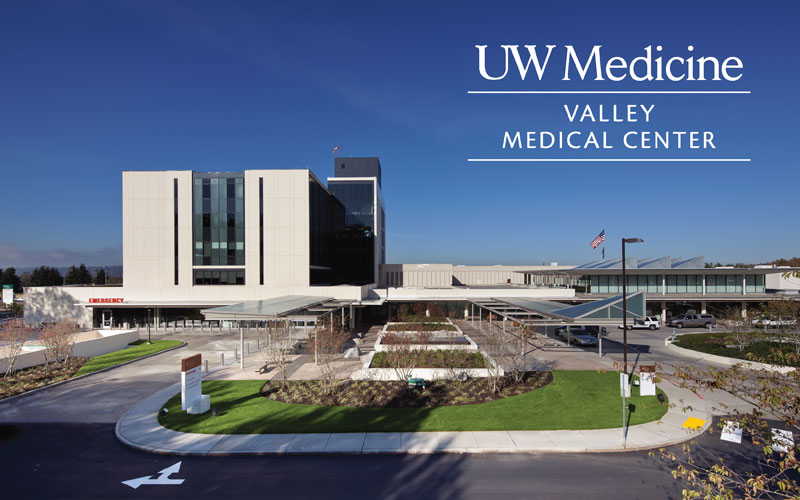
Many people at some time in their life will experience a period of severe back pain that radiates into their buttock or leg. This symptom, called “sciatica,” is typically due to a herniation of a lumbar disk that irritates or compresses one of the nerves in the lower back. Most cases of sciatica will improve with conservative, non-surgical treatment within 6 weeks. However, for those patients who do not improve, surgery may be an option. Many patients come into my office with this problem and often ask about “minimally invasive surgery” and “laser surgery” as they have seen it advertised in various places. I can understand why. Of course, minimally invasive surgery sounds less scary, implies less pain, a shorter recovery time and the thought of using a laser to perform this makes the technique appear cutting edge. At Valley Medical Center’s Spine Center I specialize in minimally invasive surgery on the spine. However, I do not use lasers in my techniques, and here’s why:
Recently, minimally invasive surgery has gained tremendous popularity as studies have shown that the less tissue disturbed during surgery, the faster patients can recover. As such, many new techniques have emerged to treat the herniated disk by actually removing the irritating fragment, without damaging the local muscles and tissues.
The most common minimally invasive techniques involve expanding what the surgeon’s eye can normally see. By expanding our vision we can make much smaller, less destructive incisions to access the disk and remove it. Minimally invasive techniques use tools such as operating loop glasses, direct 3D magnification that increases normal vision 2-5x, operating microscopes–which allow direct 3D vision to be greatly magnified (up to 60x normal vision), and the endoscope, which offers indirect 2D vision (i.e. a camera is used to project images onto a TV monitor.)
Theoretically, laser surgery is another way to reduce nerve irritation by shrinking the disk rather than removing it. Laser surgery, also called Percutaneous Laser Disc Decompression (PLDD), uses a small incision to introduce a fiber into the disk herniation. Laser energy vaporizes the water contained in the disk to shrink it. Think of a large water balloon – when you remove some of the water, the size of the balloon shrinks.
Although often advertised as a “new breakthrough in treating disk herniation,” the first clinical laser disc decompression was performed in 1986 and the technique was approved by the U.S. FDA in 1991. Despite more than 20 years of experience with this technique, there is a scarcity of literature featuring randomized clinical trials that show its effectiveness.
Currently, minimally invasive open discectomy using an operating microscope is considered to be the universal gold standard in the surgical treatment of lumbar disc herniation– that is why I choose to employ this technique at our Spine Center. We use cutting-edge equipment that allows for the best outcomes with the shortest recovery times. For patients needing surgery for this very common problem, we have had great success with this technique.


Thank you so much for getting me into your system so quickly. Today my records were sent to you for review. I look forward to hearing from you soon.
Respectfully,
Bonnie Hickman
You are welcome. We look forward to seeing you.
I have degenerative disc disease, which was diagnosed with an MRI, could lazer surgery be used on me for this condition?
Please see our latest blog about laser surgery. It is generally not used to treat DDD. However, there are some effective treatments for this condition please feel free to make an appointment to discuss.
I have spondylolithesis and arthritis sacroilliac joints. Which should I be consulsing, a neurosurgeon or an orthopedic surgeon?
Please see our latest blog post regarding this topic. I hope this is helpful.
I see from your blog that it can help with disc repair. But what about my other issues?
I have DJD, facet arthropathy, pseudo 5th disc that is fused to my sacrum, herniated L2 with nerve root compression, and osteopenia. 3 years ago it was suggested I have a 2-part surgwery with bone grafting, caging. They said they would use an anterior approach and 2 days later a posterior approach. I would have a 4 month recovery with no bending or twisting, and a 65% success rate. I declined the surgery. Can laser surgery replace the original proposal> Is there any other new procedures that could help me?